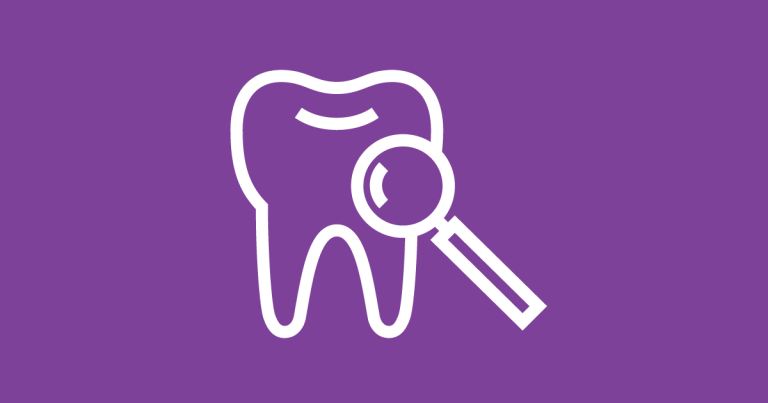The question of whether insurance will pay for braces is a common one, particularly for families facing the prospect of orthodontic treatment for their children or even themselves. While the simple answer is that it might, the reality is significantly more nuanced, influenced by a multitude of factors that we will explore in depth in this comprehensive article.
The Types of Dental Insurance
Before delving into the specifics of coverage for braces, it’s essential to grasp the basic types of dental insurance plans and their inherent differences.
- Dental Health Maintenance Organization (DHMO)
- DHMO plans typically offer lower premiums but restrict your choice of dentists to a specific network.
- They usually focus on preventive care and basic services, with orthodontic coverage often limited or excluded altogether.
- Preferred Provider Organization (PPO)
- PPO plans give you more flexibility in choosing your dentist, including those outside the network, albeit at a higher cost.
- They often provide broader coverage, including orthodontic treatment, although it’s still subject to limitations and restrictions.
- Indemnity Plans
- Indemnity plans, also known as fee-for-service plans, allow you to see any dentist you choose.
- They typically reimburse a percentage of the cost of treatment, leaving you to pay the remaining balance.
- Coverage for braces under these plans can vary widely depending on the specifics of the plan.
What to Look for in Your Insurance Policy
If you’re considering getting braces or already have them, it’s vital to carefully review your insurance policy to determine whether and how much of the cost will be covered. Here are some key aspects to pay attention to:
- Orthodontic Coverage
- The first thing to check is whether your plan explicitly includes orthodontic coverage. If it does, you’ll want to note the specific details.
- Lifetime Maximum
- Many insurance plans impose a lifetime maximum on orthodontic benefits, meaning the total amount they will pay for braces throughout your lifetime.
- Annual Maximum
- In addition to a lifetime maximum, there might also be an annual maximum, limiting the amount they will pay for braces in any given year.
- Deductible
- The deductible is the amount you have to pay out of pocket before your insurance coverage kicks in. Make sure you understand the deductible for orthodontic treatment.
- Coinsurance
- Coinsurance refers to the percentage of the cost of treatment that you’re responsible for paying after meeting your deductible.
- Waiting Period
- Some insurance plans impose a waiting period, typically ranging from 6 months to a year, before you can avail of orthodontic benefits.
Factors Affecting Coverage for Braces
Even if your insurance plan includes orthodontic coverage, several factors can influence whether and how much of the cost will be covered for your specific situation. These include:
- Age
- Many insurance plans limit orthodontic coverage to individuals under a certain age, typically 18 or 19.
- Medical Necessity
- Some plans only cover braces if they are deemed medically necessary to correct a functional issue, not just for cosmetic reasons.
- Severity of Malocclusion
- The severity of your misalignment, as determined by your orthodontist, can impact the level of coverage.
- Type of Braces
- Some plans may cover only traditional metal braces, while others may extend coverage to clear aligners or other types of braces.
Tips for Maximizing Your Insurance Benefits
If you’re looking to get the most out of your insurance coverage for braces, consider the following tips:
- Consult Your Orthodontist
- Talk to your orthodontist about your insurance coverage and treatment options. They can help you understand the potential costs and navigate the insurance process.
- Get Pre-Authorization
- Before starting treatment, obtain pre-authorization from your insurance company to ensure that the treatment plan is covered.
- Submit Claims Promptly
- Make sure to submit all claims and necessary documentation to your insurance company in a timely manner to avoid delays in reimbursement.
- Appeal Denied Claims
- If a claim is denied, don’t hesitate to appeal the decision. Provide additional documentation and information to support your case.
- Consider Alternative Financing Options
- If your insurance coverage is limited, explore other financing options, such as flexible spending accounts (FSAs), health savings accounts (HSAs), or payment plans offered by your orthodontist.
Conclusion
The question of will insurance pay for braces is multifaceted, influenced by the type of insurance you have, the specifics of your policy, and various other factors. While insurance can help offset the cost of braces, it’s important to understand the limitations and restrictions and be prepared to explore alternative financing options if necessary. By being informed and proactive, you can make the best decisions for your orthodontic treatment and financial well-being.
Read More: Humana Vision Coverage: A Comprehensive Guide





